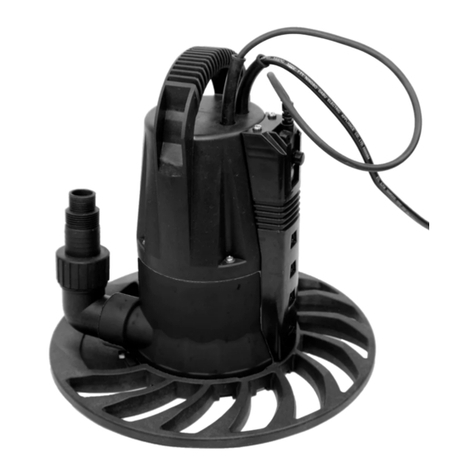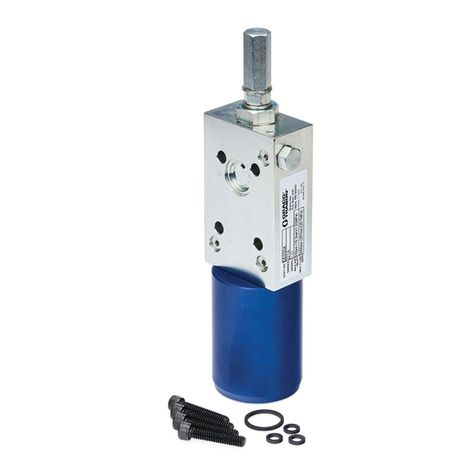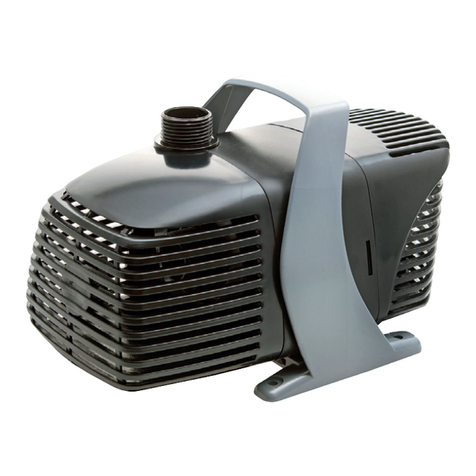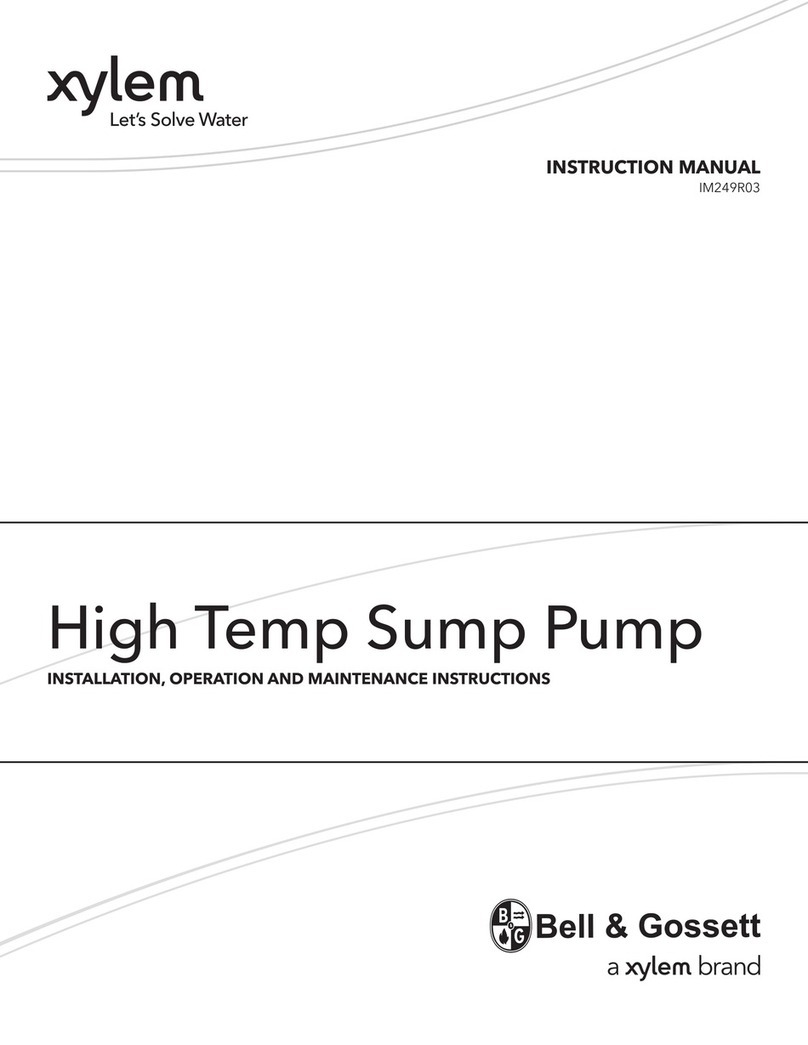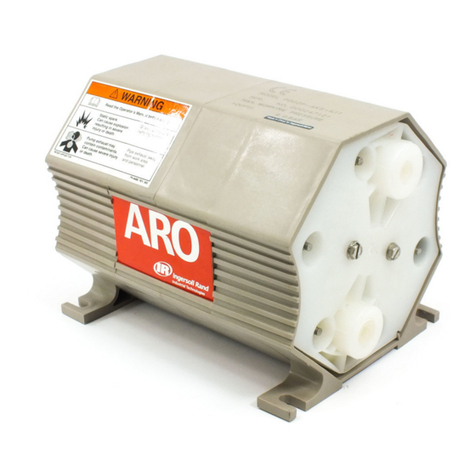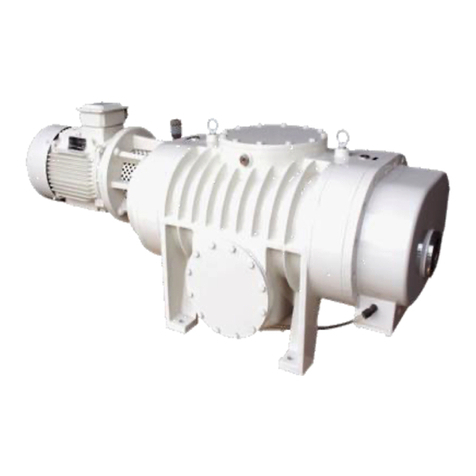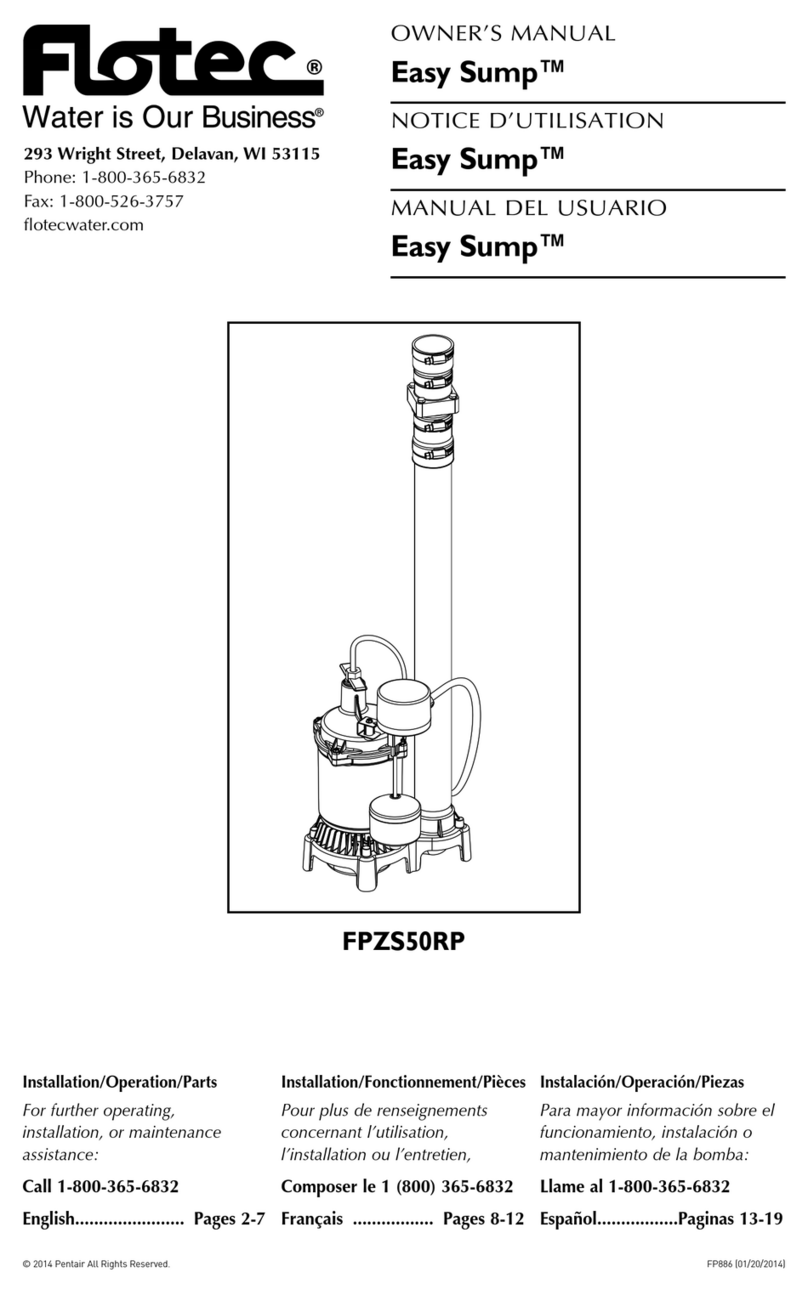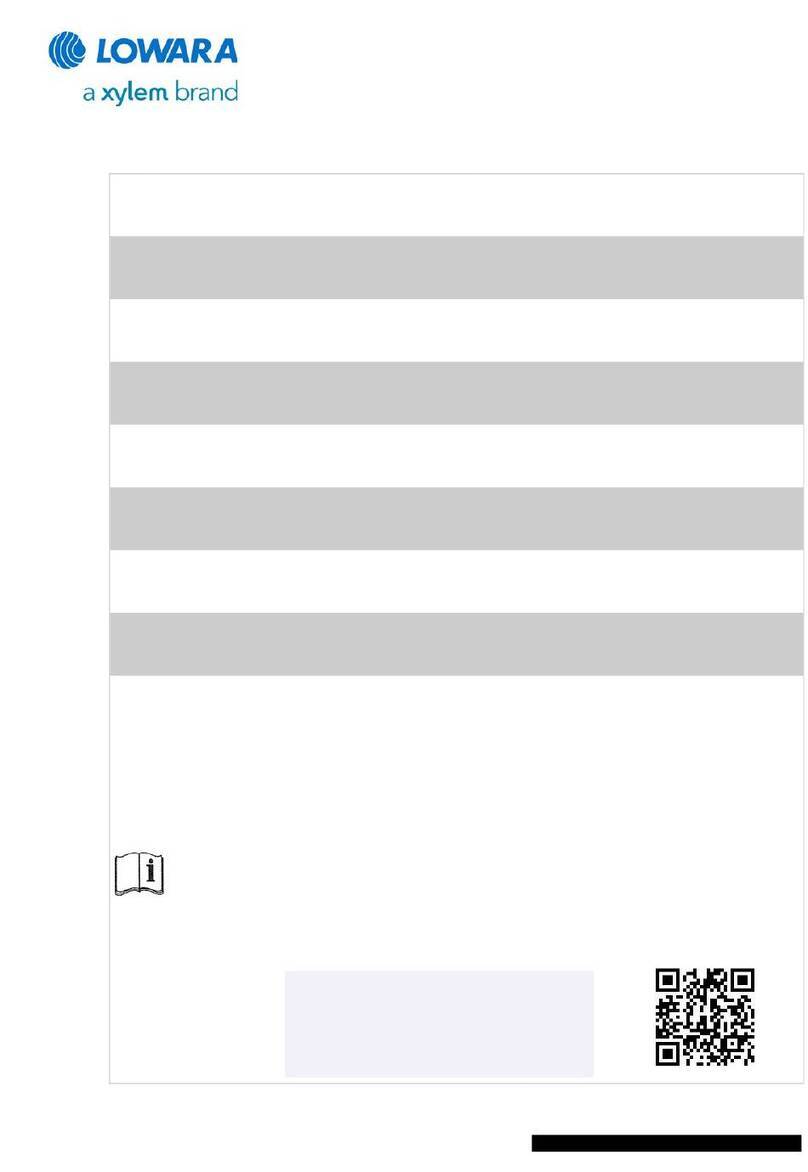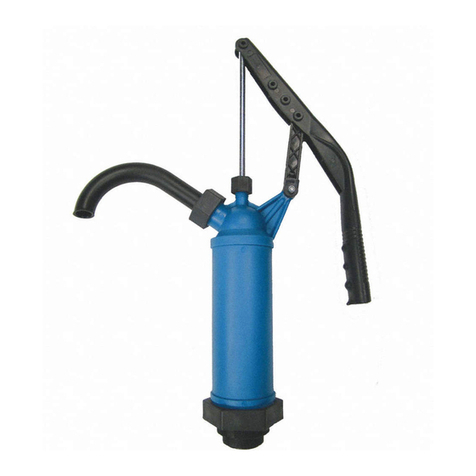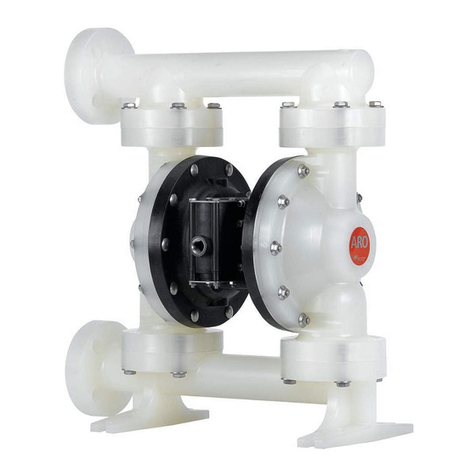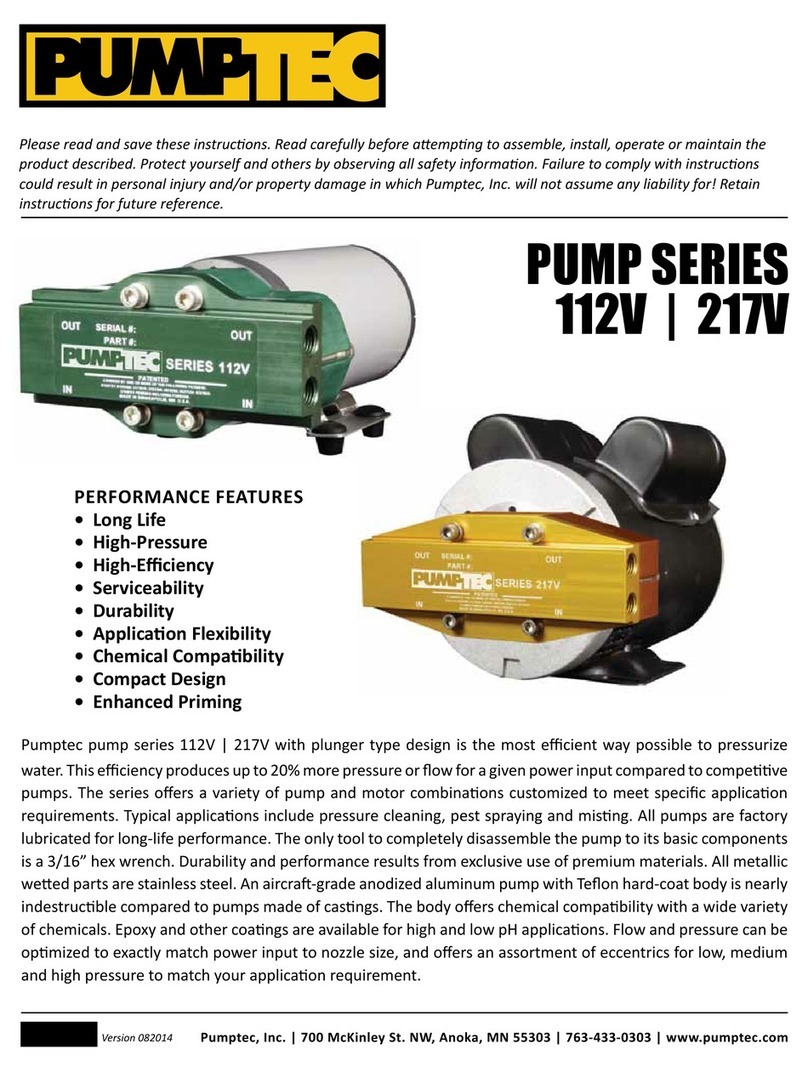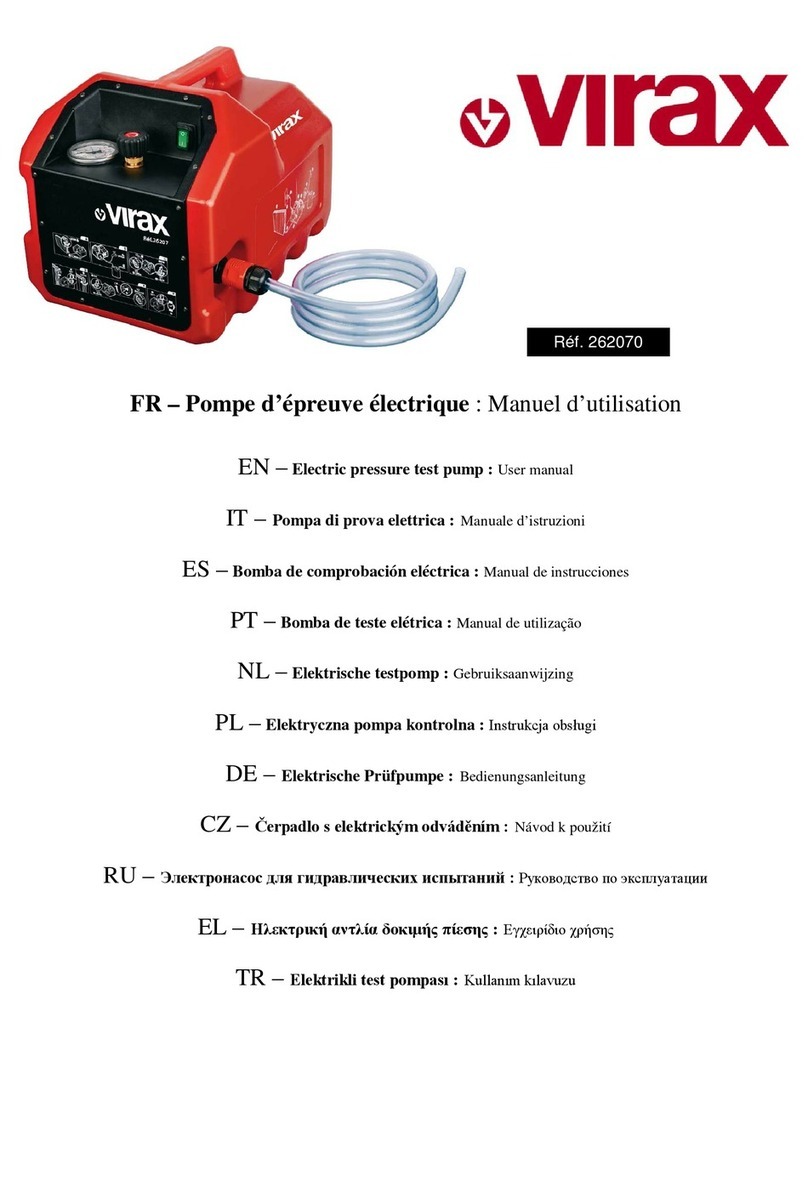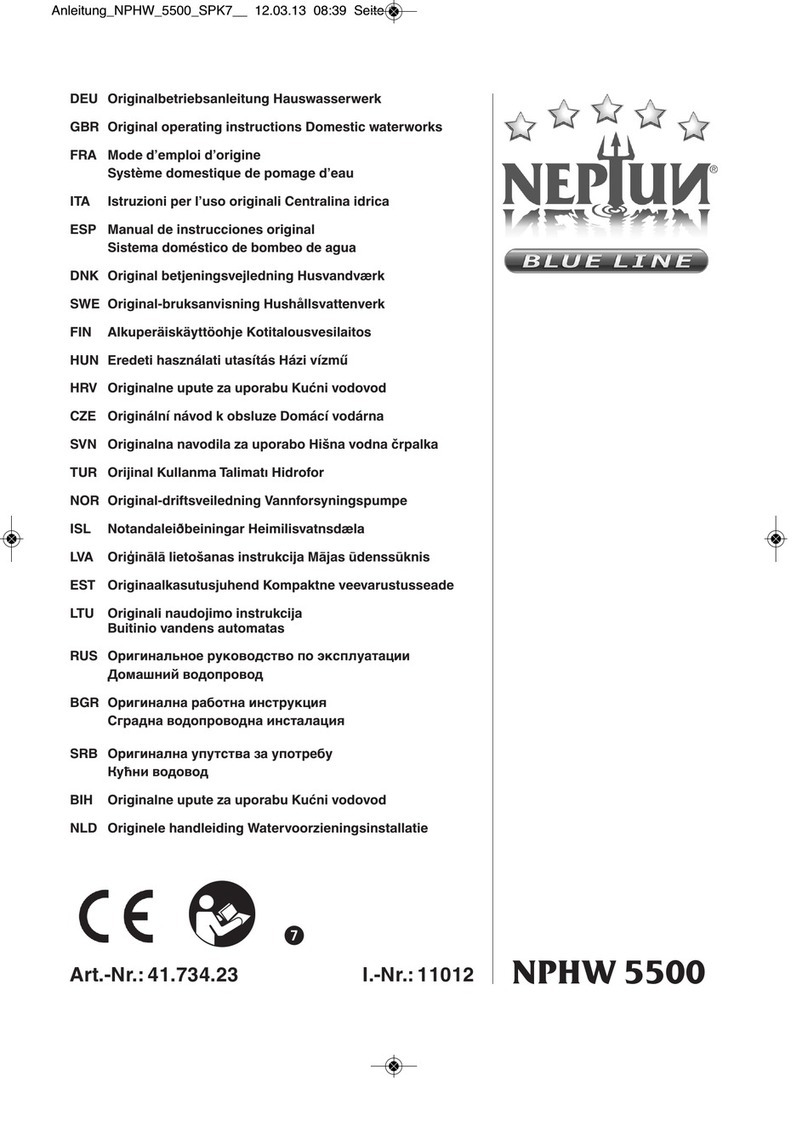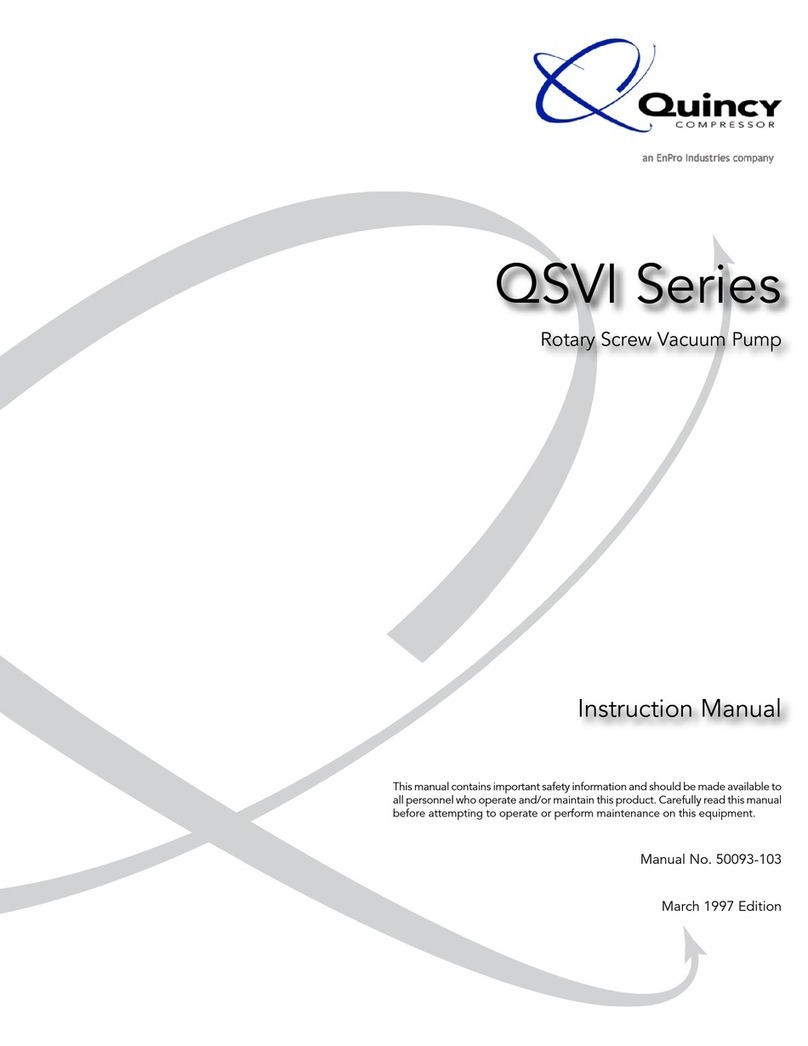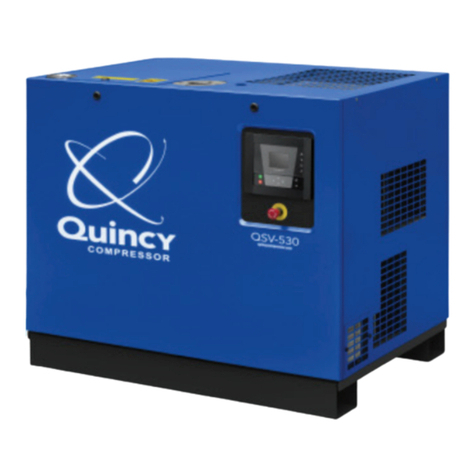
2
STANDARD WARRANTY
QUINCY VACUUM PUMP DIVISION
INDUSTRIAL SCREW PRODUCTS
QSVB - PACKAGED VACUUM PUMPS - AIR ENDS
REMANUFACTURED AIRENDS AND PARTS
Seller warrants products of its own manufacture against defects in workmanship and materials under normal use and service,
as follows:
QSVB Packaged Vacuum Pumps - Twelve (12) months from date of start-up or twenty-four (24) months from date of
shipment from the factory, whichever occurs first.
Airend on Packaged Vacuum Pumps - Twenty-four (24) months from date of start-up or thirty six (36) months from date of
shipment from the factory, whichever occurs first.
Remanufactured Airend - One (1) year from date of shipment from factory.
Parts - Ninety (90) days from date of Distributor sale or one (1) year from date of factory shipment.
With respect to products not manufactured by Seller, Seller will, if practical, pass along the warranty of the original
manufacturer.
Notice of the alleged defect must be given to Seller in writing with all identifying details including serial number, model
number, type of equipment and date of purchase, within thirty (30) days of the discovery of same during the warranty period.
Seller’s sole obligation on this warranty shall be, at its option, to repair, replace or refund the purchase price of any product or
part thereof which proves to be defective. If requested by Seller, such product or part thereof must be promptly returned to
Seller, freight collect for inspection.
Seller warrants factory repaired or replaced parts of its own manufacture against defects in material and workmanship under
normal use and service for ninety (90) days or for the remainder of the warranty on the product being repaired, whichever is
longer.
This warranty shall not apply and Seller shall not be responsible nor liable for:
(a) Consequential, collateral or special losses or damages;
(b) Equipment conditions caused by fair wear and tear, abnormal conditions of use, accident, neglect or misuse of equipment,
improper storage or damages resulting during shipment;
(c) Deviation from operating instructions, specifications, or other special terms of sales;
(d) Labor charges, loss or damage resulting from improper operation, maintenance or repairs made by person(s) other than
Seller or Seller’s authorized service station.
(e) Improper application of product.
In no event shall Seller be liable for any claims, whether arising from breach of contract or warranty of claims of negligence
or negligent manufacture, in excess of the purchase price.
THIS WARRANTY IS THE SOLE WARRANTY OF SELLER AND ANY OTHER WARRANTIES, EXPRESS,
IMPLIED IN LAW OR IMPLIED IN FACT, INCLUDING ANY WARRANTIES OF MERCHANTABILITY AND
FITNESS FOR PARTICULAR USE, ARE HEREBY SPECIFICALLY EXCLUDED.
